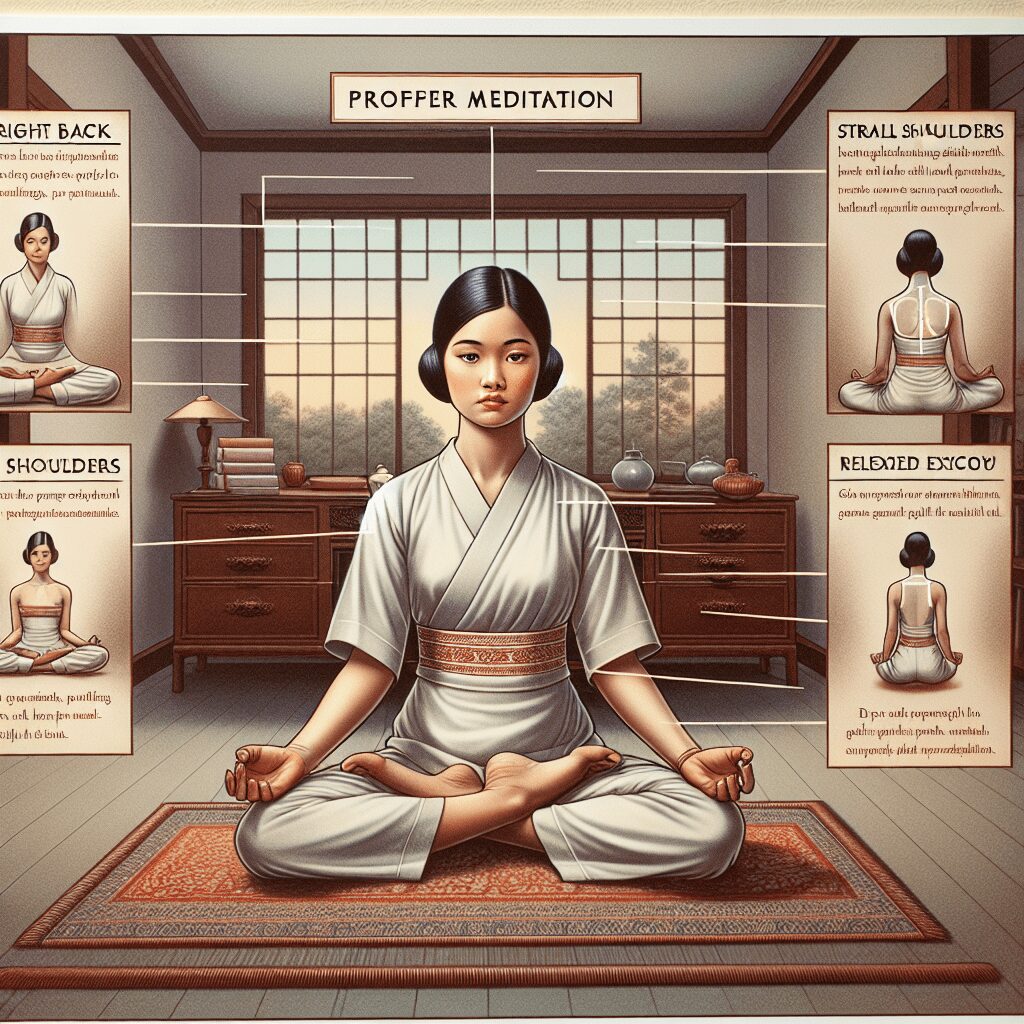
Prioritize your mental well-being daily. Enhance your life by nurturing your mental health with the Smart Meditation app. Break free from stress, alleviate anxiety, and enhance your sleep quality starting today.
How To Use Cbt For Anxiety?
Unraveling the Secrets of CBT to Combat Anxiety
Anxiety – it’s that pesky, uninvited guest that overstays its welcome, making life more challenging than it needs to be. But here’s the kicker: Cognitive Behavioral Therapy (CBT) has entered the chat as a game-changer, ready to show anxiety the door. Let’s dive deep into the intricacies of how you can wield CBT to reclaim your peace of mind. Buckle up; it’s going to be an enlightening ride!
The Foundation of CBT: Understanding the Basics
Before we roll up our sleeves and get into the nitty-gritty, let’s sort out what CBT stands for. At its core, Cognitive Behavioral Therapy is a widely endorsed, evidence-based psychotherapy that tackles problematic patterns of thinking and behavior that fuel anxiety. It’s like having a mental toolbox at your disposal, packed with strategies to help you cope with anxiety in a healthier manner.
Now, don’t fret if you’re thinking, “But I’m no psychologist!” The beauty of CBT is that it can be self-administered with a bit of guidance. Here’s how you can kick-start your journey towards mastering your anxiety:
The Power of Self-Reflection
-
Identify the Trouble Spots: Ever noticed how anxiety sneaks up on you during specific situations? That’s your cue. Begin by jotting down instances or thoughts that trigger your anxiety. Awareness is half the battle won!
-
Challenge the Giants: Once you’ve pinpointed these triggers, it’s time to put on your detective hat. Question the validity of these anxious thoughts. Are they based on facts, or are they assumptions? This step encourages you to look at your thoughts from a new perspective, often revealing that many anxieties are not as grounded as they seem.
-
The Reconditioning Process: Armed with a new outlook, the next step is to gradually expose yourself to these once-feared situations, but in a controlled and planned manner. It’s akin to training your brain to respond differently, thereby reducing the anxiety they elicit. Think of it as building muscle memory, but for your emotional wellbeing.
Tools and Techniques to Amp Up the Process
CBT is more than just “talk therapy”; it equips you with practical techniques to combat anxiety. Let’s zero in on a couple:
-
The ABC Technique: Stands for Antecedent (the situation), Belief (the thought), and Consequence (the emotional response). By dissecting your anxiety-inducing experience into these components, you gain clarity and learn to intercept negative thoughts before they spiral.
-
Mindfulness and Relaxation: Ever heard of the saying, “Mind over matter?” That’s what this is about. Techniques such as deep breathing, meditation, and progressive muscle relaxation are your allies. They help lower the physiological symptoms of anxiety, giving you a solid foundation to work on the cognitive aspects.
The Journey Ahead
Remember, Rome wasn’t built in a day, and similarly, mastering CBT techniques takes time and practice. Be kind to yourself throughout the process, and celebrate the small victories. It might also be beneficial to pair these strategies with professional guidance, especially when the going gets tough.
To sum it up, harnessing CBT to combat anxiety is akin to embarking on an empowering journey of self-discovery and resilience-building. It’s about transforming from a passive spectator of your anxiety to an active participant in your wellbeing. So, here’s to taking the reins back from anxiety, one thought at a time!





